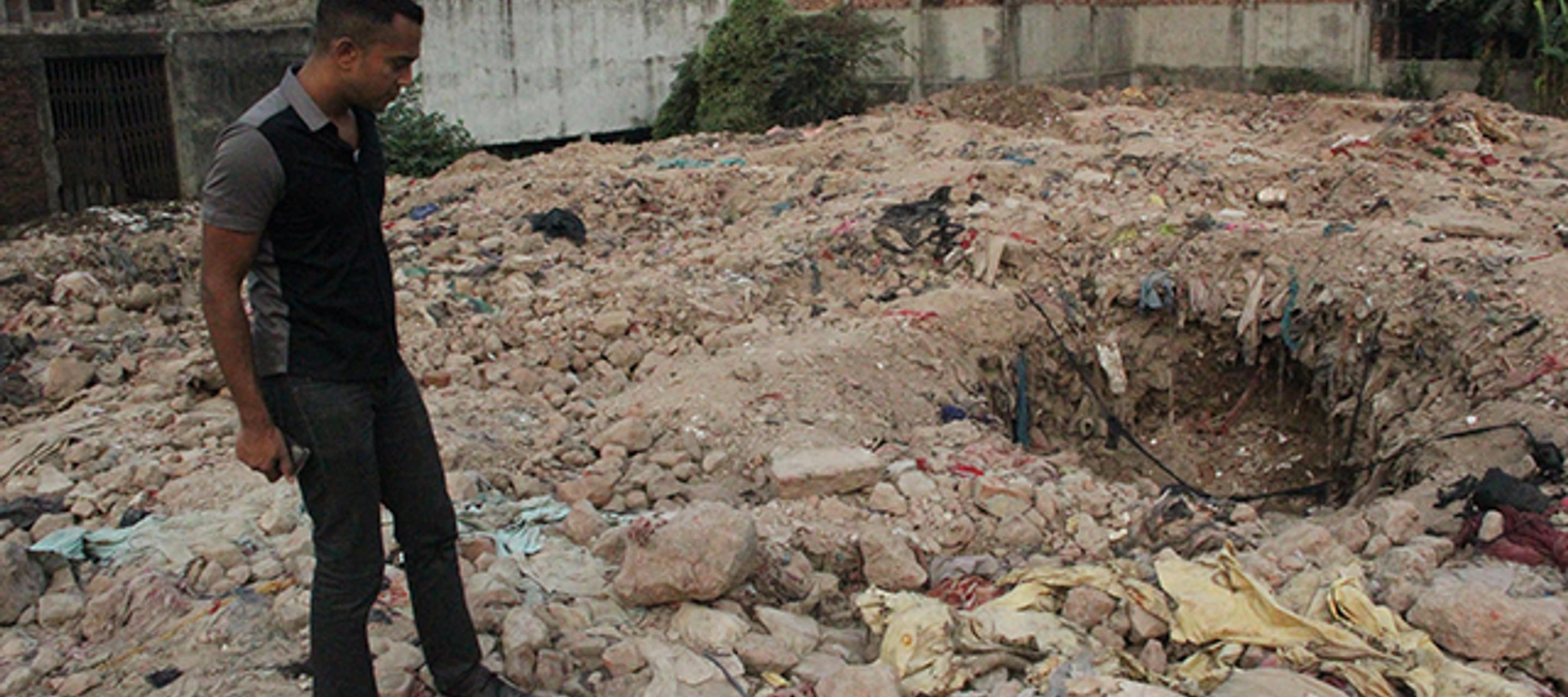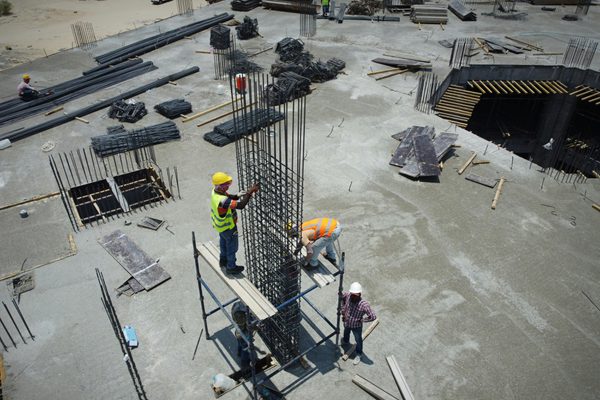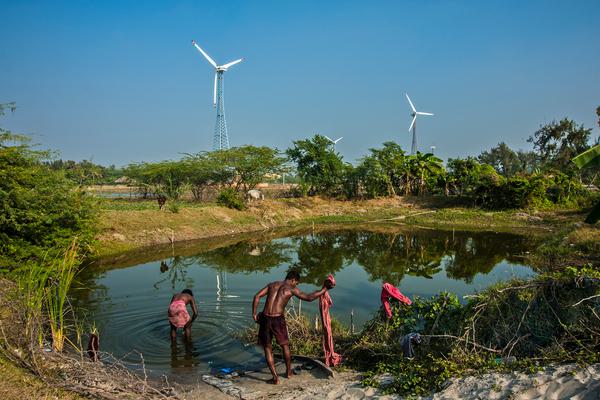Social Impact Bonds For Factories In Bangladesh
24 March 2015

This op-ed was published on Forbes.com on March 24, 2015.
The two main initiatives established in response to the 2013 Rana Plaza disaster in Bangladesh, where nearly 1,200 garment workers lost their lives from a factory collapse, are wrestling with a critical question: Who should pay for the work needed to ensure basic factory safety standards in Bangladesh?
It turns out that the global economy has enough financial assets, yet funds don’t always flow in the areas where they are needed. The global debt market is around $78 trillion and growing. Every week, an average of $100 billion in investment-grade bonds are issued. There is a huge push to access this debt market for all sorts of pressing financing needs, including combating climate change.
At the same time, governments and public-private partnerships are also applying bond proceeds to achieve various humanitarian and social outcomes. For example, so-called vaccine bonds have raised more than $4.5 billion since 2006. More recently, municipalities in the UK and the US are experimenting with social impact bonds to reduce recidivism in prisons, improve foster care, and tackle homelessness. The backdrop for these experiments is the broader social impact investment movement.
Dhaka bonds, anyone?
The Bangladesh Accord on Fire and Building Safety (the Accord) and the Alliance for Bangladesh Worker Safety (the Alliance) are working to improve the building and fire safety of Bangladeshi garment firms. According to a Guardian post by Sarah Labowitz of the Center for Business and Human Rights at NYU’s Stern School of Business, an average cost of factory upgrades is estimated by the Alliance to be around $250,000 per factory. Since the total number of factories recognized by various brands comes to about 1,800, the upgrades could cost $400 million for those identified factories alone.
An earlier Economist report stated that Alliance buyers have promised $42 million in grants and $100 million in low interest rate loans for factory upgrades. In December 2014, the Alliance announced that member brands reached an agreement with the International Finance Corporation (IFC) of the World Bank Group to facilitate low-cost loans to factories, guaranteed by the brands. Such a program could be extended to the Accord members, too. The problem is that not all brands seem willing to provide the needed guarantees. What’s more, even if all the Accord and Alliance brands participated in the program, it is simply not enough. Beyond the factories falling under the Accord or Alliance, there are several thousand others, including subcontractors. One estimate puts the cost to upgrade all Bangladeshi garment factories that produce for exports at close to $3 billion. Who could possibly pay these costs?
In 2014, the Social Investment Taskforce established by the G8 published a report titled Impact Investment: The Invisible Heart of Markets. It defines social impact investments as those that “intentionally target specific social objectives along with a financial return and measure the achievement of both.” It proposes a “paradigm shift in capital markets thinking,” from two-dimensions (risk, return) to three (risk, return, impact). Social impact investing encompasses a wide range of financing structures applied for desirable social outcomes via various channels of impact capital. The approaches featured in the report can help the Accord and Alliance find a financial way forward in Bangladesh. Dhaka Bonds seem like a particularly attractive option. What stands in the way?
Innovative structure must involve public actors and private ones
A range of technical questions on financing structure, risk allocation, the identity of the financial intermediary, and so on, need to be addressed, particularly when the nature of the problem is neither exclusively public nor private. The G8 report is clear that impact investment is “a response to the growing awareness in both the public and private sectors that the challenges facing society in the 21st century are too large and too complex to be solved by government and the social sector alone.” The way forward for Bangladesh building and fire safety is to come up with an innovative structure involving public actors (e.g., the Government of Bangladesh, City of Dhaka, donors) and private ones (e.g., the brands, service delivery or implementation organizations) with help from development finance experts and an intermediary organization. Naturally, the Accord and the Alliance member companies will be expected to demonstrate their accountability and commitment by investing in the bond.
The capacity of the Government of Bangladesh or the City of Dhaka to handle a sudden influx of funds, if funds are routed through either, will be a huge problem that cannot be overlooked. Some will recall the corruption problem that the World Bank and other multilateral and development financial institutions faced in the Padma Bridge project. The key is to identify the specific social outcomes that must be achieved by the financing, and to create a program structure for administering the funds in a way that is most efficient and effective.
Photo: Flickr/NYU Stern BHR




